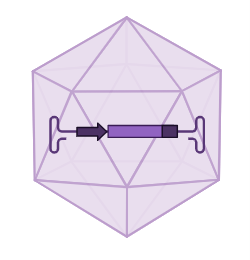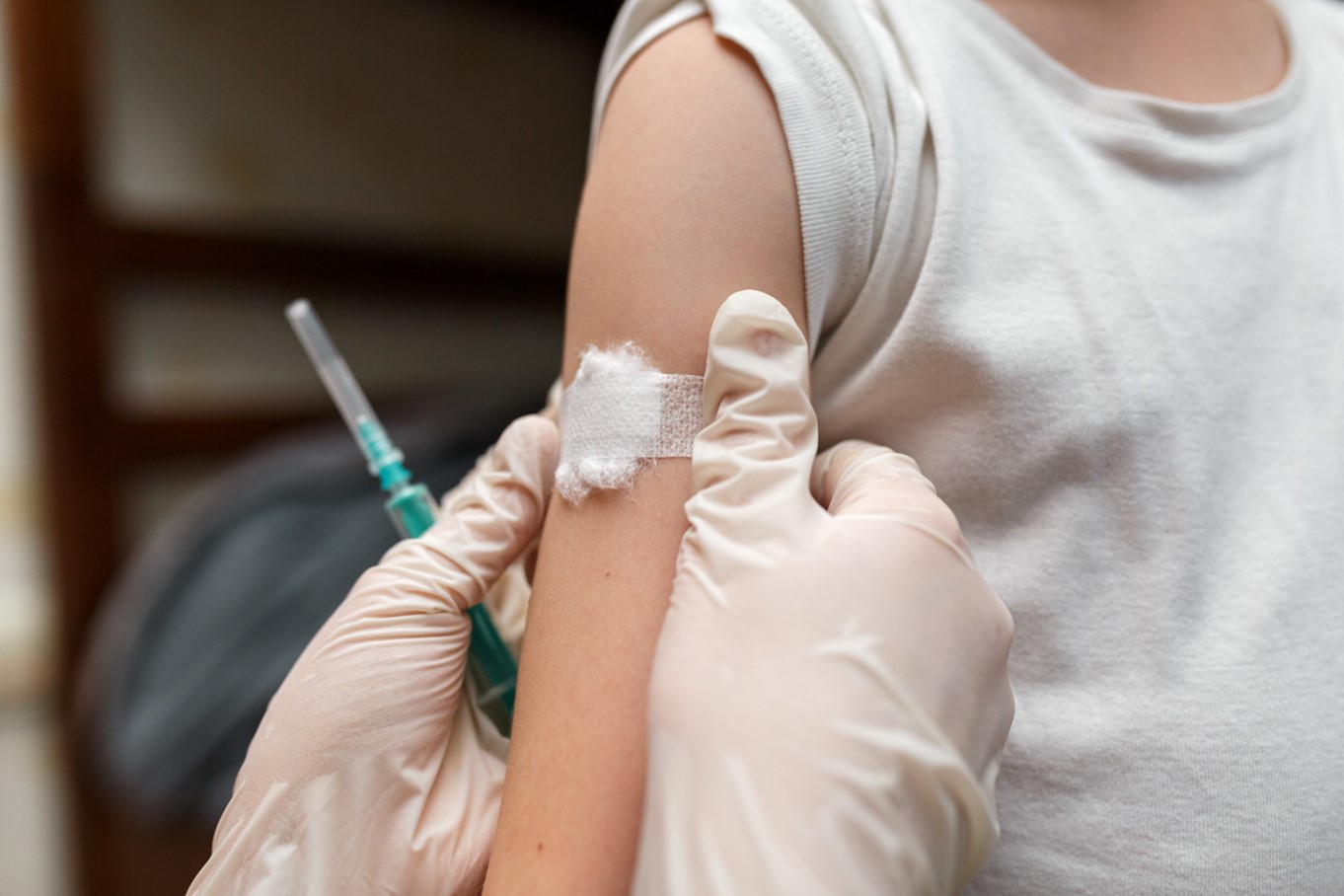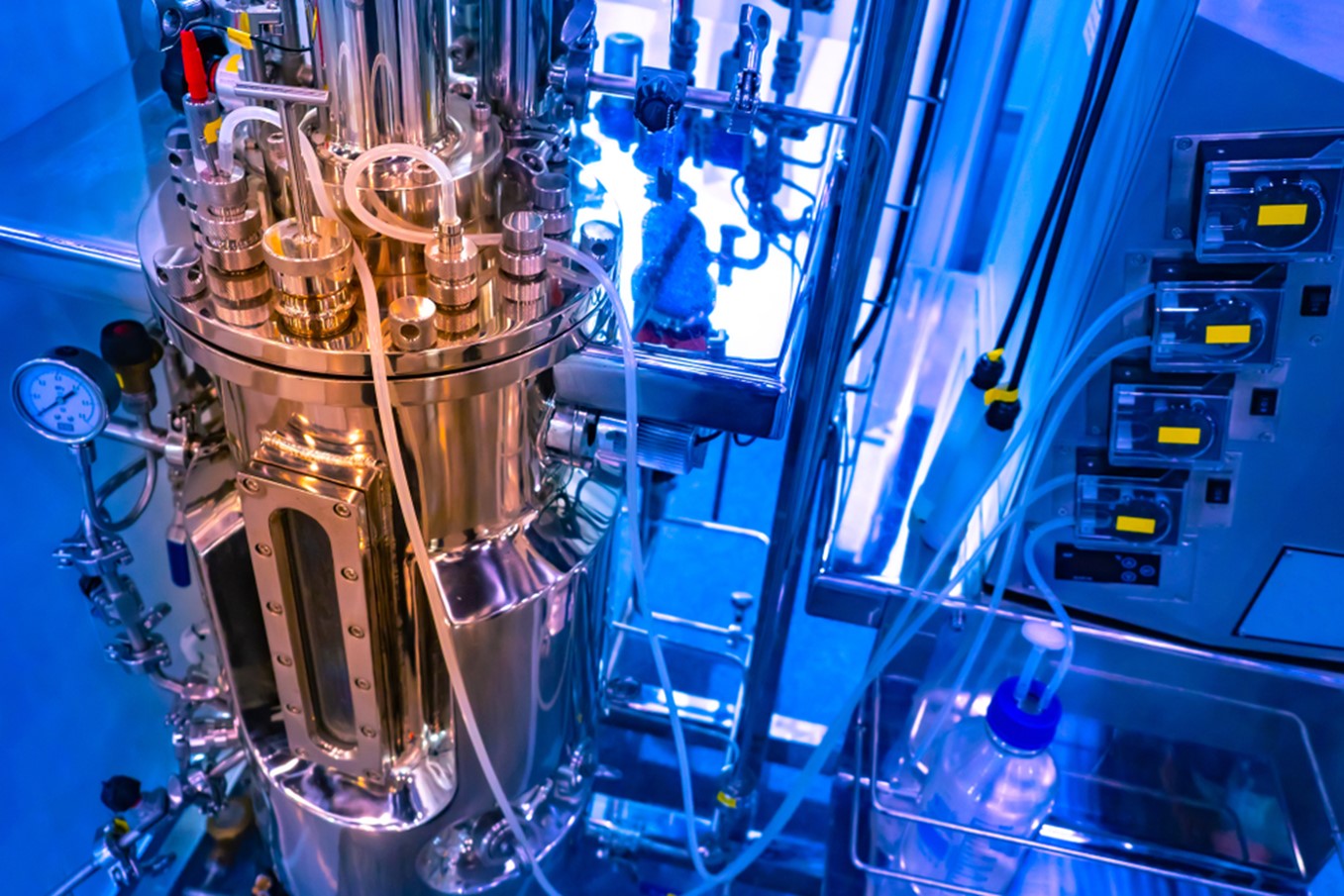Published: 02/11/23 13:56 Categories: Microbiology
What are viral vectors?
In order to understand what a viral vector is, we need to start by looking at where they come from: viruses. Viruses are biological organisms and are infectious agents that are neither alive or dead. They can recognize a wide range of cell types with great accuracy and, after they attach to the cells, introduce their genetic material to hijack their metabolic processes. If we examine these capabilities, the high specificity and the ability to introduce exogenous genetic material, we can see that viruses have a high potential for gene editing.
Viral vectors are a genetic modification tool obtained using modified viruses. After eliminating their pathogenic capabilities, they act as a vehicle for the insertion of a gene of interest into the target cell. Viral vectors have become one of the main transfection methods, due to the high efficiency and the ability to be used in treatments or in vivo experiments.

What are its direct applications?
This technology is a key component in the manipulation of eukaryotic cells. Its main applications are focused on the pharmaceutical and research sectors.
Within the pharmaceutical world there are several possibilities for viral vectors. The first is to use it as a drug, known as gene therapy, in which the vector delivers the gene needed to treat the disease.
They can also be used as vaccines, by stimulating the synthesis of antigens that activate the immune system.
Another possibility they offer is to produce a modified cell culture, in which case the options are twofold: cell therapy, in which the modified cells will be delivered to the patient to fulfill a therapeutic function, or as a base for the synthesis of biological drugs, since vectors can introduce gene coding for molecules with medicinal value.
Finally, there is the academic, or research, setting, in which vectors are used to create cultures with special conditions, and evaluate how they affect cells and their behavior.

What types of viral vectors are used?
Viral vectors are classified according to the origin of the virus in question. The best known are adenoviruses, AAVs and lentiviruses. Each has its own characteristics.
Adenovirus: Adenovirus is one of the most versatile vectors. The genetic material used is double-stranded DNA and can carry genes up to 38.7 Kb. They create a transient transfection, it does not become integrated into the DNA of the nucleus. This transfection system is mainly used in gene therapy and vaccine synthesis.
AAV: adeno-associated viruses are a type of simple viruses capable of transfecting more cell types than adenovirus vectors and with lower immunogenicity. Its DNA is single-stranded and creates a transient transfection. It accepts genetic material up to 4.2Kb, being the smallest of all options. Usually, AAV vectors are applied to academic studies.
Lentivirus: Lentiviruses are a type of retrovirus, RNA viruses. The RNA enters the cell nucleus, is reverse engineered and produces a DNA strand that is embedded in the cell's own genetic material, resulting in a stable transfection. They can be used in almost any cell type, but only accept genes up to 6.4 Kb. These viruses are an important tool in the synthesis of biological drugs and cell therapy.
How are viral vectors produced?
The synthesis of a viral vector is not a simple process, several steps take place with different cultures in between.
The first step would be the synthesis of the genetic material of interest. Normally, microorganism cultures are used to obtain the required number of copies. The next requirement is the virus capsule, which is usually obtained from a previously modified cell culture . With the genetic material and the capsule, the viral vector can be created, but to obtain the necessary amount, a third culture must be performed. In this culture the cell growth must be higher than the growth of the viral vector in order to maximize vector synthesis as much as possible.

A series of cultures is required to produce viral vectors, and in all of them both cell growth and component synthesis are essential.
If you want to know how to obtain a high yield in your bioprocesses with cell cultures, just follow the link to our Condalow® peptones.

 Food fraud: How do we detect it?
Food fraud: How do we detect it?
 Visit Us at MEDICA 2025 – Discover Our Precise Detection Solutions
Visit Us at MEDICA 2025 – Discover Our Precise Detection Solutions
 PCR: The Technique Revolutionizing Rapid Detection in the Food Industry
PCR: The Technique Revolutionizing Rapid Detection in the Food Industry
 How Culture Media Ensure the Safety, Efficacy, and Quality of Medicines
How Culture Media Ensure the Safety, Efficacy, and Quality of Medicines
 Meeting us at MEDLAB MIDDLE EAST 2025
Meeting us at MEDLAB MIDDLE EAST 2025